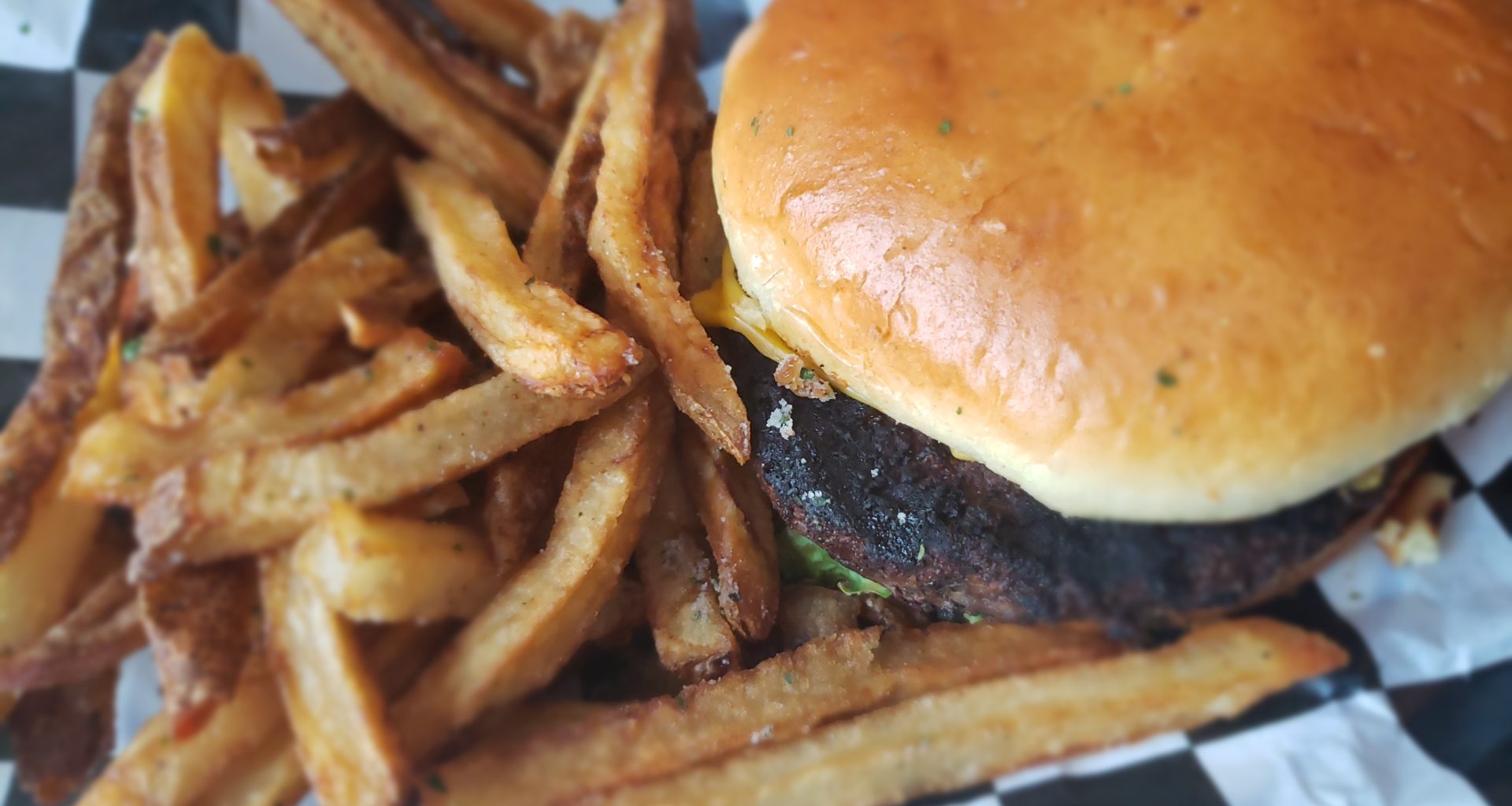Restaurants are roaring ahead in 2024, following a strong 2023, with the National Restaurant Association forecasting more than $1 trillion in sales for the year. With sales expected to increase 5.4% over 2023, industry revenues would outpace inflation by a healthy margin.
Maybe you are an entrepreneur in the restaurant game. Maybe you are considering it. Or maybe you are just someone like us at StartupNation who likes to eat. But a consumer study looking at how Americans are dining out these days delivers intriguing data about the people behind those revenue numbers.
Using surveys and mobile phone location data, the data and intelligence platform Near put together a list of the top three trends in quick-service restaurants over recent years.
Best Website Builders for Restaurants
The findings offer keen insight to restaurant entrepreneurs or those looking for franchise opportunities.
- Takeout and delivery are here to stay.
- Loyalty programs are more important than ever.
- Generational differences are becoming more stark.
The good news for the industry is that people are dining out again, almost as much today as before the COVID-19 pandemic: 9.1 times per month now, compared with 9.7 times pre-pandemic, per survey results.
And what are these diners looking for?
Well, takeout and delivery, not surprisingly. People now expect those services to be widely available.
Best Accounting Software for Restaurants
But if customers are planning to dine in, they now expect more from that experience, according to the Near study.
Dining out has become more of an either/or. Either it’s fast and convenient, with multiple choices, or it’s more of an experience, with fuller service, more ambience and “other personalized, human touches.”
Some restaurants are successfully adapting to the trends, the report observed. They are investing in loyalty programs, in digital tech like mobile apps, and in footprints that trade out indoor space for more outdoor space and reorganize foot traffic for more efficient pickup and delivery.
The report calls out Chick-fil-A, among others, as being especially successful in beating the competition by combining “a positive dine-in experience with high-touch drive-thrus and a first-class mobile app ordering system.”
As for the generational divides, they are widening:
- Diners over 44 value a traditional wait-staff experience by a far larger margin (83%) than do diners aged 18-44 (59%)
- Younger diners are more receptive to a QR code/kiosk ordering system than are older diners, though not many people in any age group report really liking the experience
- A restaurant’s presence on a delivery app matters more to younger diners
- And restaurant loyalty programs are much more important to younger customers, who enroll in 4 loyalty programs on average.
“There is no longer one single dining experience,” the report concludes. “The most successful restaurants of the past few years are simply the ones that know their customers the best.”






